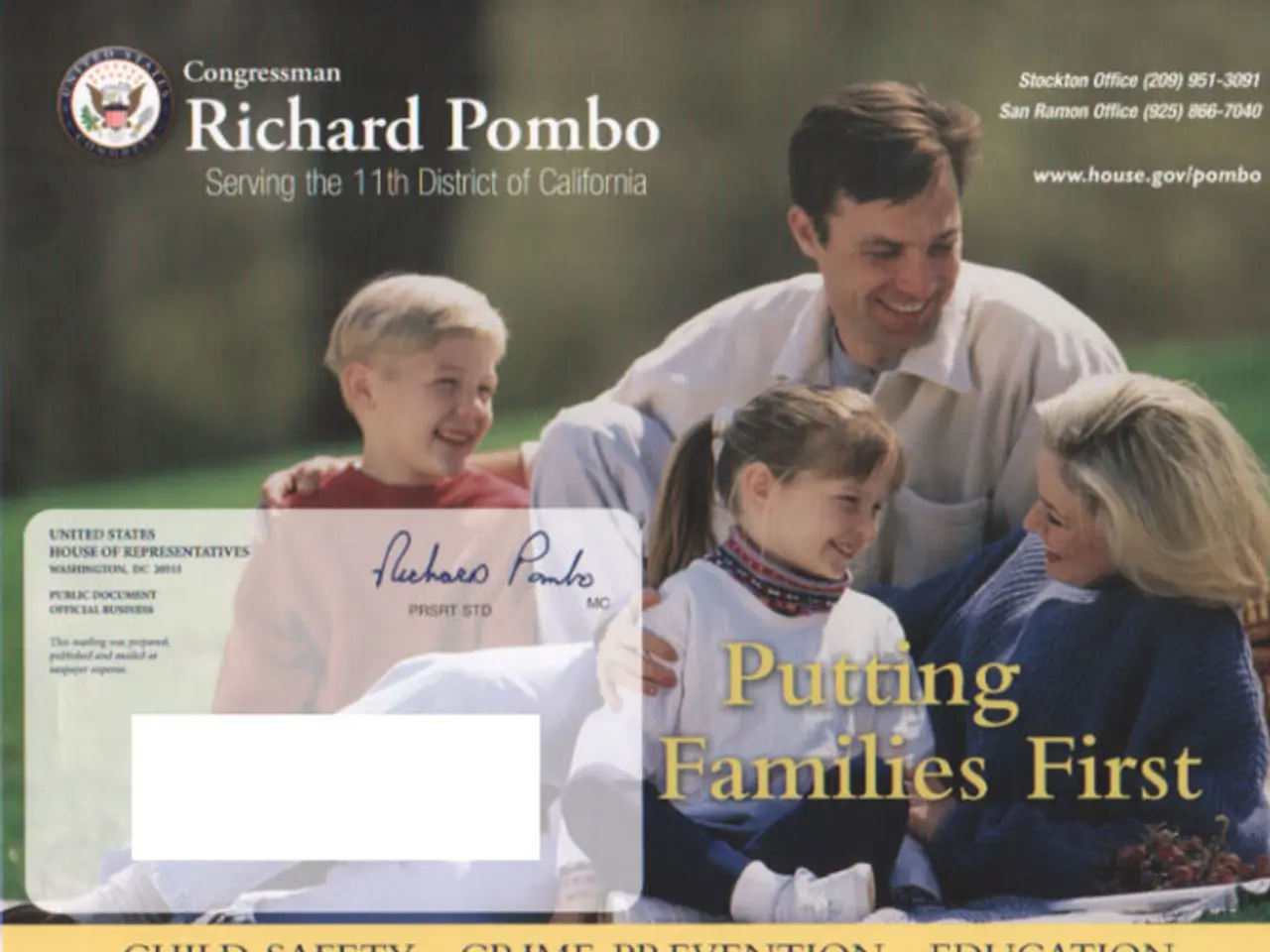Job Application Essentials: Writing a Resume and Cover Letter in English
Writing a compelling resume and cover letter is crucial in today's competitive job market. Here's a guide to help you create effective documents that showcase your qualifications and enthusiasm for each job opportunity.
Resume Writing: Structure and Content
Organize your resume into clear sections such as contact information, a summary or objective, relevant work experience, education, skills, and any certifications or additional information. Use bullet points to list responsibilities and achievements under each role, focusing on relevance to the job you're applying for. Start bullet points with strong action verbs like "led" or "developed" to convey impact. Incorporate quantifiable achievements to demonstrate measurable success. Tailor your resume content to highlight the skills and experiences most pertinent to the specific job and company. Keep formatting simple for easy reading.
Cover Letter Writing: Structure, Content, and Personalization
A cover letter should include seven basic sections: your contact info, date, employer’s address, greeting/salutation, body paragraphs, sign-off, and your signature or typed name. Use a consistent font and size that matches your resume, and keep margins at about 1 inch and align text to the left for a clean professional look. Open by stating the position you're applying for and how you found it. Personalize the letter by addressing it to a named hiring manager. Use the body to emphasize relevant skills and accomplishments, but avoid simply repeating your resume—explain why you are a great fit for the role. Use concise, confident language and highlight your strongest successes with quantifiable details where possible. Keep the cover letter brief—ideally under 350 words—to maintain the reader’s attention. End with a clear call to action expressing enthusiasm and appreciation for consideration.
Common Mistakes to Avoid
Avoid generic or overly vague language that doesn’t tailor your experience to the job. Do not simply restate your resume in the cover letter; use it to complement and personalize your application. Avoid fonts or formatting that reduce readability, such as Comic Sans or overly dense text blocks. Do not exceed one page for either document to keep them concise and impactful. Avoid spelling and grammatical errors by proofreading carefully or using tools.
By following these guidelines, you can create a compelling, professional resume and cover letter that stand out to employers by clearly demonstrating your qualifications and enthusiasm tailored to each job opportunity. Researching the company's communication style and brand image can help you align the tone of your resume and cover letter with the company culture. Including keywords from the job description in a resume can help get past Applicant Tracking Systems (ATS). Using standard headings like "Work Experience," "Education," and "Skills" can also improve chances of making it past ATS filters. Ensuring contact details are current and correct is important to avoid major repercussions. Both documents must be impeccably written and well-organized to make a compelling case for your candidacy. Many candidates neglect to thoroughly proofread their documents, resulting in spelling and grammatical errors that undermine professionalism. Each section of a resume should be meticulously crafted to highlight your most relevant experiences and skills. Using overly complex language or jargon that may not be understood by everyone can be a common mistake. Clarity should always be the priority. A cover letter serves as a complement to a resume, elaborating on your qualifications and expressing enthusiasm for the role and the company. Using active voice and strong, direct language can convey assertiveness and ownership of your accomplishments. A cover letter should complement a resume by referencing the job description, outlining how your background fits the requirements, and elaborating on how your skills and experiences align with the job role.
Incorporate relevant sections such as 'education-and-self-development' and 'career-development' into your resume and cover letter to showcase your continuous learning and growth, emphasizing how they are pertinent to the job opportunity. Highlight your achievements in 'fashion-and-beauty' industry, for instance, and how they demonstrate your adaptability and creativity in the 'lifestyle' sector, especially in your cover letter's body paragraphs. Ensure that you personalize each section, making it clear that your skills and experiences align with the specific job and company's requirements, enhancing your chances of getting noticed.




